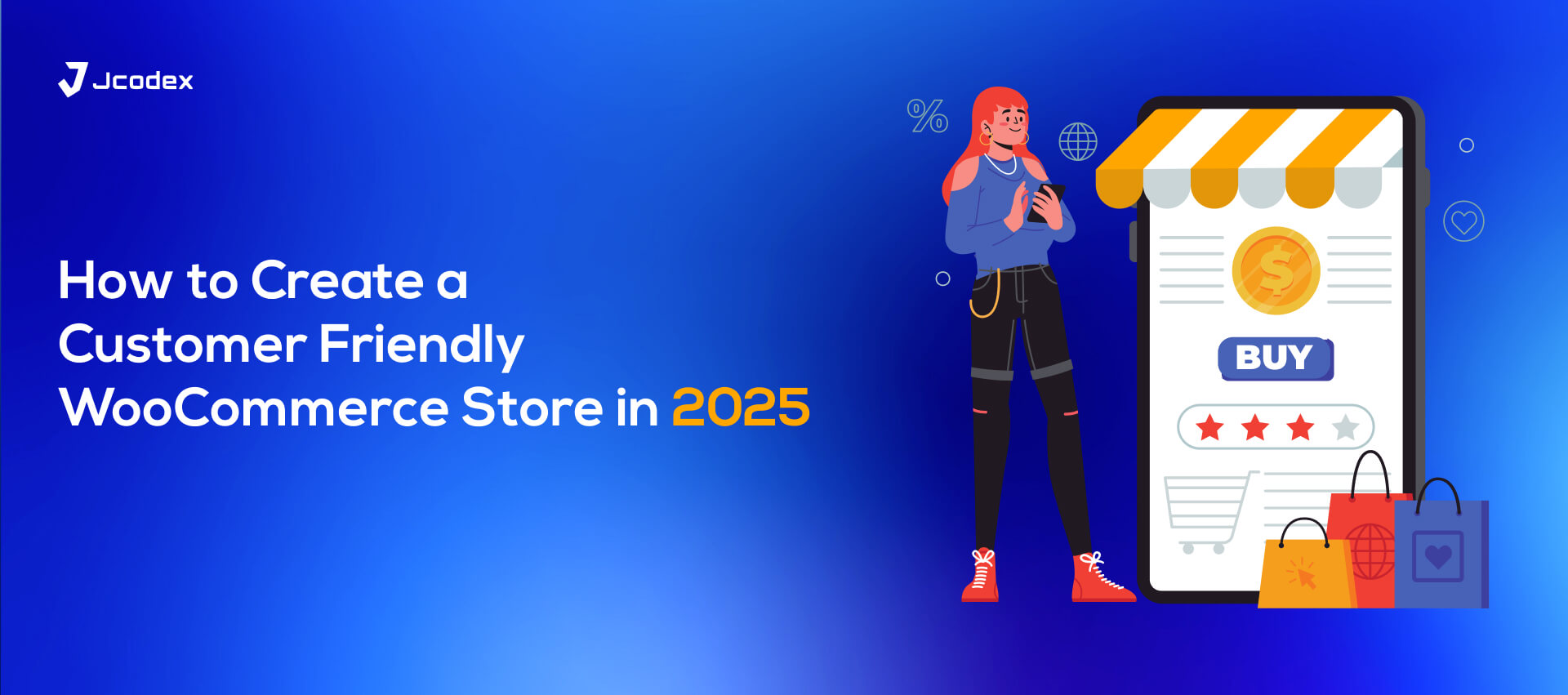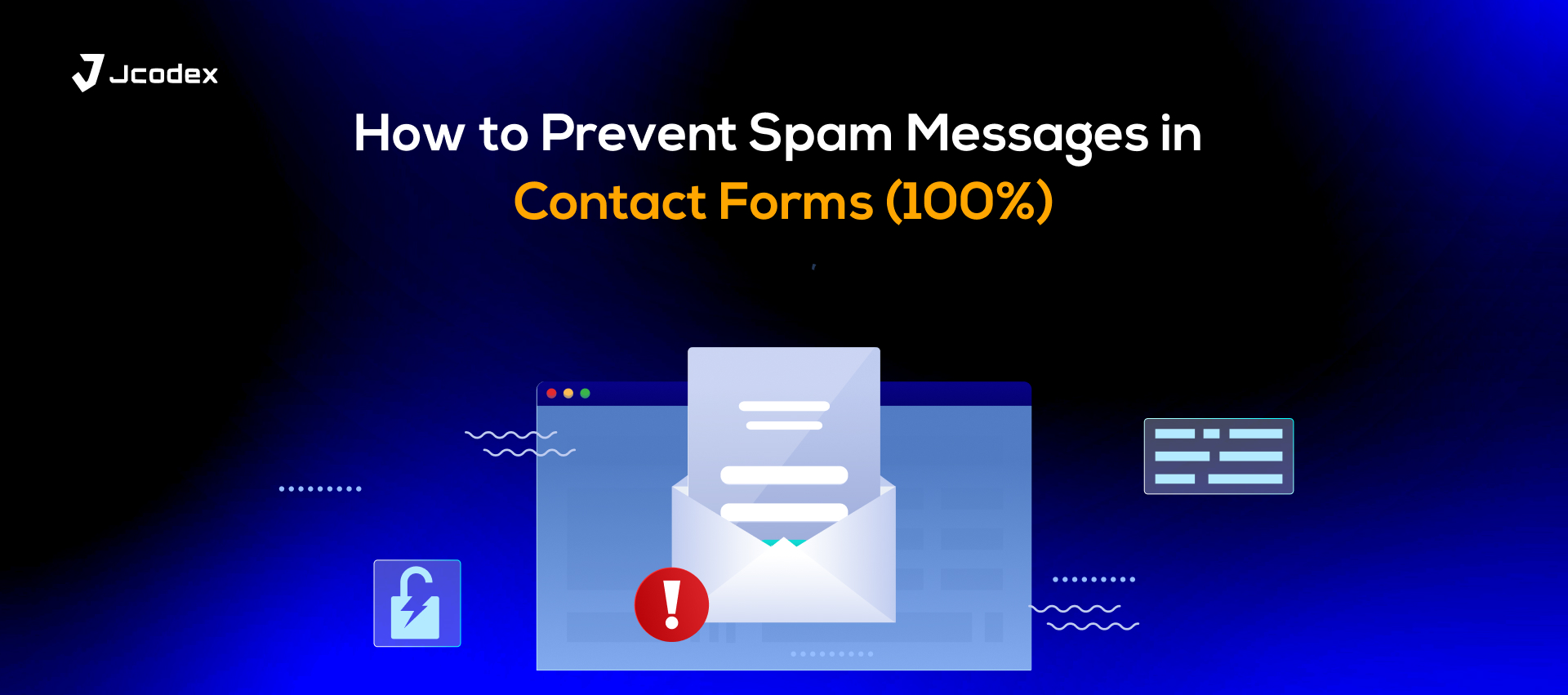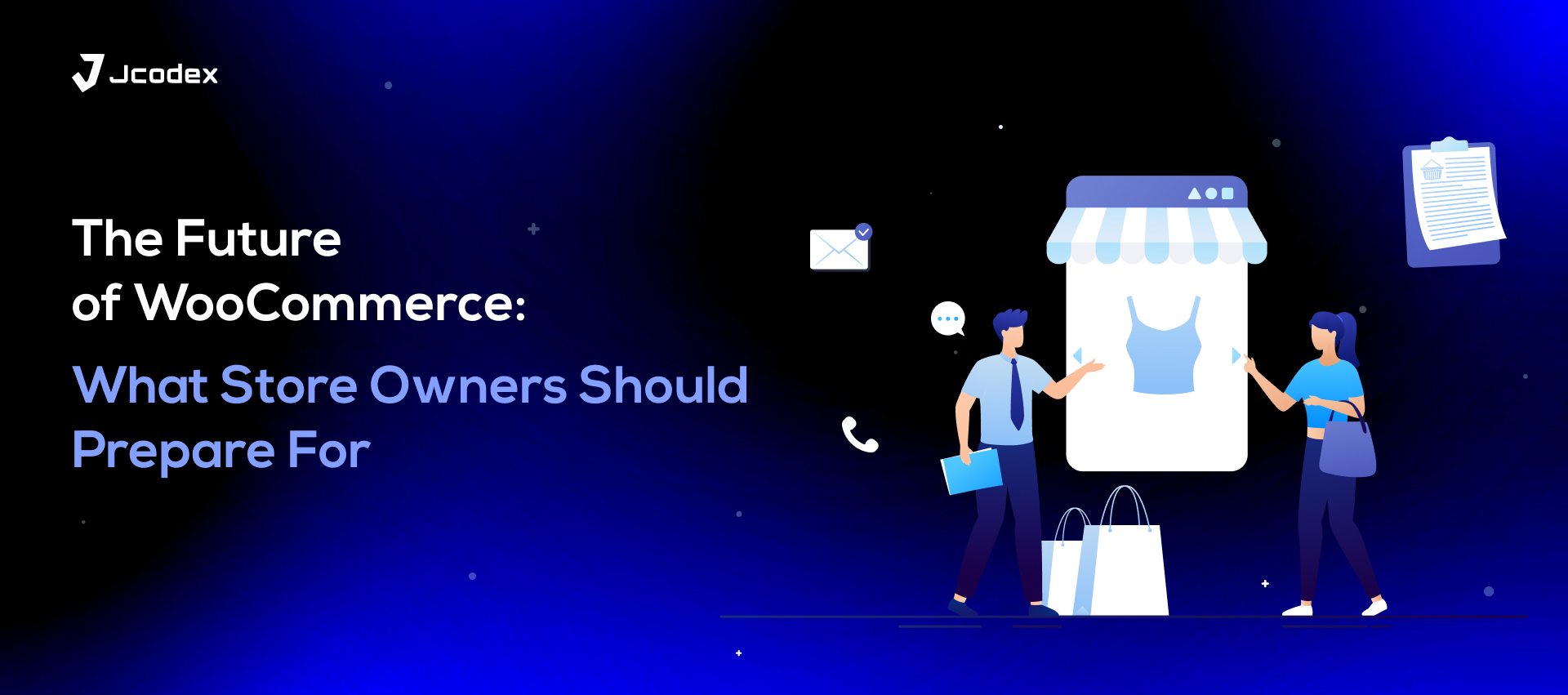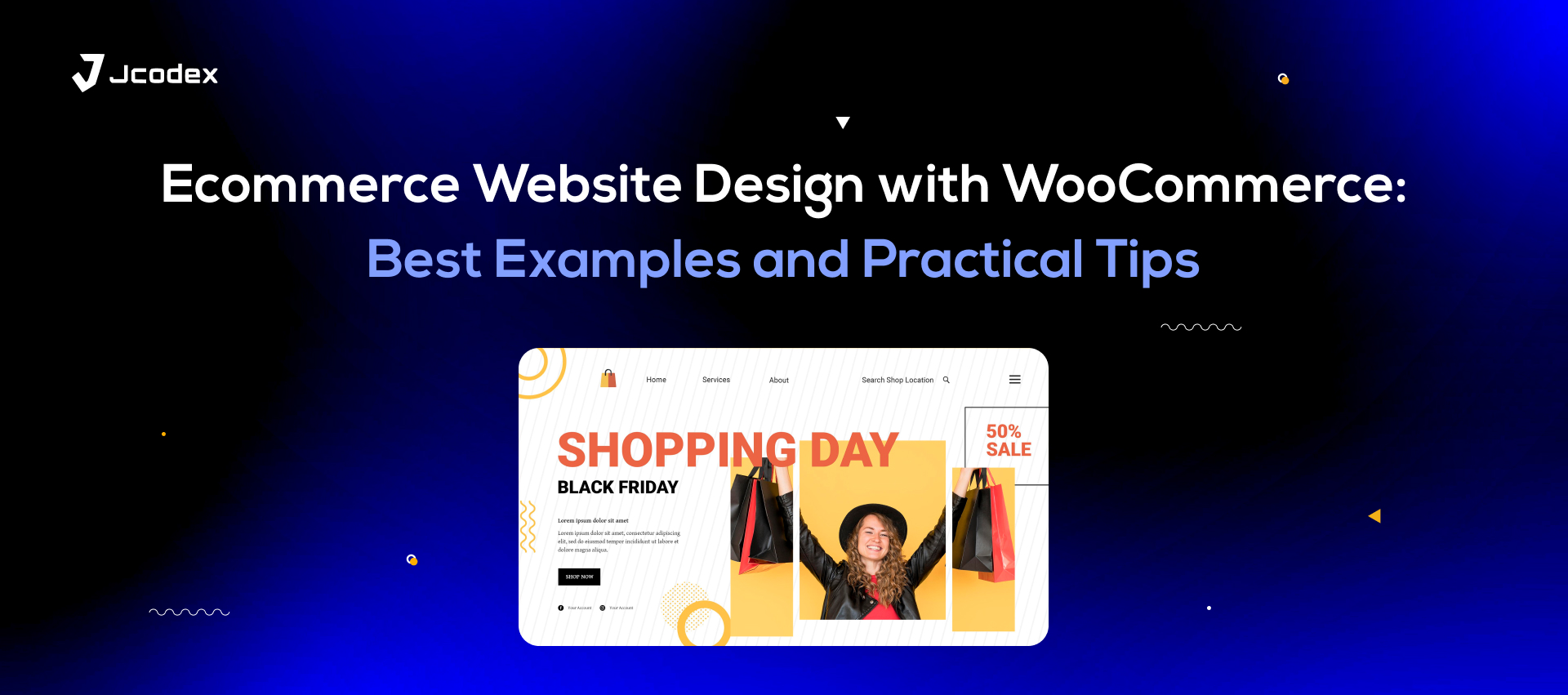Running an online store in 2025 isn’t just about listing products and waiting for sales. Today’s customers expect fast websites, personalized experiences, and smooth checkouts. With eCommerce competition higher than ever, creating a customer-friendly WooCommerce store is no longer optional—it’s the key to survival and growth.
In this guide, we’ll explore proven strategies, best practices, and plugins that will help you optimize your WooCommerce store for user experience (UX), customer trust, and higher conversions.
Why Customer Experience Matters in WooCommerce
Before diving into tactics, let’s set the foundation: why does customer-friendliness matter so much in 2025?
- Customer Expectations Have Evolved: Shoppers expect personalized product recommendations, faster checkouts, and flexible payment options.
- Competition is Fierce: With thousands of WooCommerce stores launching every year, standing out requires more than low prices.
- Conversions Depend on UX: Even if your marketing brings traffic, a clunky checkout or slow website will cause cart abandonment.
- Google Rewards Better UX: Core Web Vitals, mobile-first indexing, and page experience signals all impact rankings.
A customer-friendly WooCommerce store isn’t just good for your buyers—it’s essential for your SEO, conversions, and long-term growth.
Step 1: Build a Clean and Intuitive Store Design
The design of your WooCommerce store sets the first impression. In 2025, minimal, mobile-first designs dominate.
Best Practices for Store Design:
- Keep it simple: Avoid clutter. Highlight products, CTAs, and checkout paths clearly
- Use white space: Helps customers focus on what matters.
- Responsive design: Ensure your store works seamlessly across desktop, tablet, and mobile.
- Consistent branding: Use your logo, brand colors, and tone consistently to build trust.
💡 Pro Tip: Choose a lightweight, customizable theme optimized for WooCommerce (like Astra, Storefront, or GeneratePress). A well-coded theme reduces load times and ensures design flexibility.
Step 2: Improve Site Speed and Performance
Slow websites kill conversions. According to Google, 53% of mobile visitors leave a site if it takes longer than 3 seconds to load.
How to Speed Up WooCommerce in 2025:
- Use a caching plugin like WP Rocket or LiteSpeed Cache.
- Enable a Content Delivery Network (CDN) for global speed.
- Compress and lazy-load images with tools like Smush or Imagify.
- Choose a reliable hosting provider optimized for WooCommerce.
- Minimize CSS/JS files using optimization plugins.
👉 Remember: Page speed isn’t just about SEO—it directly impacts sales. A fast-loading store feels more professional and trustworthy.
Step 3: Streamline the Checkout Process

The checkout is the most important page in your WooCommerce store. A complicated or lengthy checkout process leads to abandoned carts.
This is where the Checkout Field Editor for WooCommerce – Checkout Manager becomes a game-changer.
What This Plugin Does:
- Lets you add, remove, and customize checkout fields.
- Offers drag-and-drop reordering of fields.
- Supports conditional logic (show/hide fields dynamically).
- Works with all major WooCommerce themes and payment gateways.
Why It Matters in 2025:
- Customers expect personalized yet simple checkouts.
- Businesses can collect useful customer data without overwhelming buyers.
- Reduced friction means higher conversions and lower cart abandonment.
💡 Example: A food delivery store can add a custom “Delivery Instructions” field, making the process smoother for customers and staff.
👉 Pro Tip: Keep checkout fields to a minimum. Collect only what’s necessary—email, shipping details, and payment. Additional fields should be optional, not mandatory.
Step 4: Offer Multiple Payment & Shipping Options

Shoppers in 2025 demand flexibility. If your store doesn’t support their preferred payment or shipping method, they’ll leave.
Payment Options to Offer:
- Credit/Debit Cards
- Digital Wallets (Apple Pay, Google Pay, PayPal)
- Buy Now, Pay Later (BNPL) services like Klarna or Afterpay
- Local payment methods (depending on your region)
Shipping Options to Include:
- Flat rate and free shipping thresholds
- Express delivery
- Real-time carrier rates (FedEx, UPS, DHL)
- Local pickup
💡 Pro Tip: Use plugins like WooCommerce Stripe Gateway for payments and WooCommerce Shipping or Table Rate Shipping for flexible delivery options.
Step 5: Personalize the Shopping Experience
Personalization is no longer a “nice-to-have”—it’s expected. Customers want to feel like your store understands them.
Personalization Tactics for WooCommerce:
- Product recommendations: Use plugins like Recommendation Engine or AI-based tools.
- Dynamic pricing/discounts: Offer special deals to repeat buyers.
- Custom checkout fields: Collect preferences with the Checkout Field Editor plugin.
- Email personalization: Send personalized product suggestions using MailPoet.
👉 Stat: Personalized shopping experiences can increase revenue by 20–30%.
Step 6: Build Trust with Reviews, Security & Transparency
Trust is everything in eCommerce. Without it, customers won’t buy.
Ways to Build Trust:
- Product Reviews: Use plugins like Customer Reviews for WooCommerce.
- Security: Add SSL, secure payment gateways, and regular updates.
- Transparency: Display return policies, shipping costs, and delivery times clearly.
- Social Proof: Show real customer photos, testimonials, and sales pop-ups.
💡 Pro Tip: Add trust badges and highlight secure payment gateways during checkout.
Step 7: Leverage Email & Retargeting Campaigns
Your store shouldn’t just focus on new customers—retaining buyers is more profitable.
Email Marketing with WooCommerce:
- Use MailPoet or Klaviyo to send:
- Abandoned cart reminders
- Post-purchase follow-ups
- Personalized product suggestions
- Abandoned cart reminders
- Segment customers based on purchase behavior.
Retargeting Ads:
- Use Facebook Pixel and Google Ads Remarketing to bring back lost visitors.
- Show them the exact products they viewed or abandoned in their carts.
👉 Stat: Retargeting can improve conversions by up to 150%.
Step 8: Enhance Customer Support
A customer-friendly store isn’t just about buying—it’s also about support after the purchase.
Best Customer Support Solutions for WooCommerce:
- LiveChat: Real-time chat support directly on your site.
- Tidio or Crisp: Affordable chatbots + human chat combo.
- HelpScout: Manage customer support tickets professionally.
💡 Pro Tip: Offer multiple support channels (chat, email, FAQ page) so customers can choose what works best for them.
Step 9: Optimize for Mobile Shoppers
In 2025, over 70% of WooCommerce sales happen on mobile devices. If your store isn’t mobile-optimized, you’re losing money.
Mobile Optimization Checklist:
- Responsive theme design.
- Mobile-friendly checkout.
- One-click payment methods (Apple Pay, Google Pay).
- Avoid large popups that ruin mobile UX.
👉 Pro Tip: Test your store regularly on real devices, not just responsive previews.
Step 10: Use Analytics to Continuously Improve
Creating a customer-friendly store isn’t a one-time task. You need data-driven improvements.
Tools to Use:
- Google Analytics 4: For customer behavior insights.
- Hotjar or Microsoft Clarity: For heatmaps and session recordings.
- WooCommerce Reports: To track best-selling products and revenue.
💡 Pro Tip: Regularly check your checkout funnel to identify drop-off points. If customers are abandoning at the payment step, it’s time to optimize.
Wrapping Up
Creating a customer-friendly WooCommerce store in 2025 means focusing on speed, simplicity, personalization, and trust. From optimizing your design to streamlining checkout and offering better support, each improvement adds up to a store that customers love to shop from.
If there’s one place to start, it’s the checkout. That’s where money is made—or lost. Installing the Checkout Field Editor for WooCommerce – Checkout Manager gives you full control over the checkout experience, helping you reduce cart abandonment and boost sales.
Combine that with performance plugins like WP Rocket, marketing tools like MailPoet, and personalization features, and you’ll have everything you need to scale your WooCommerce store in 2025.



